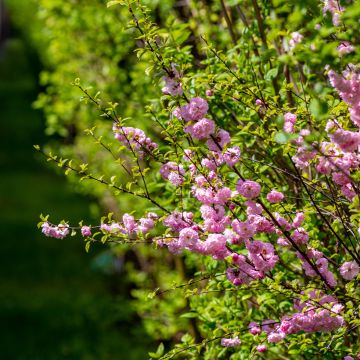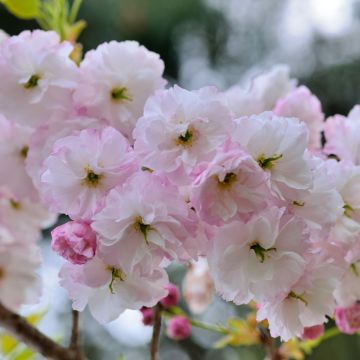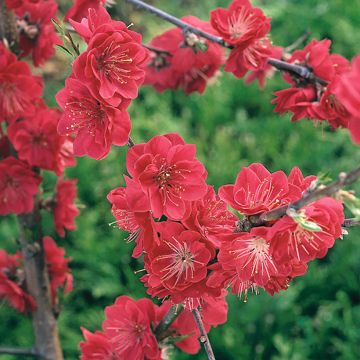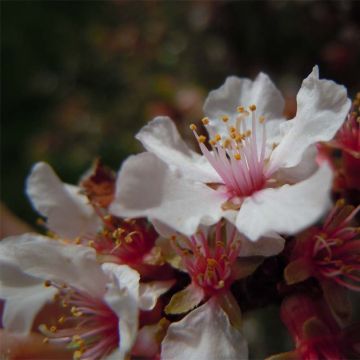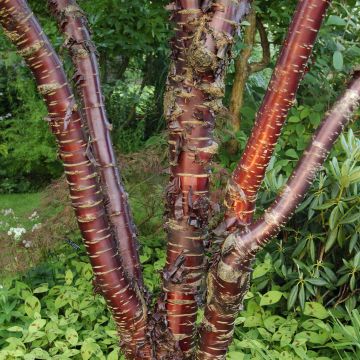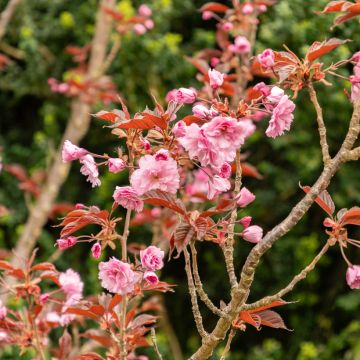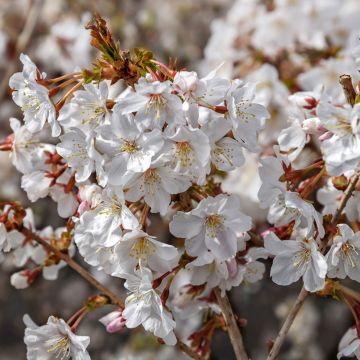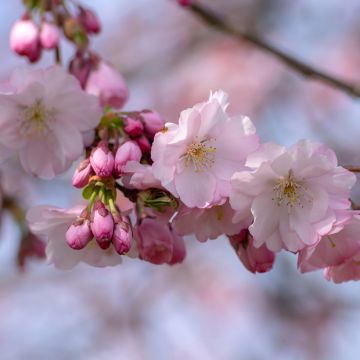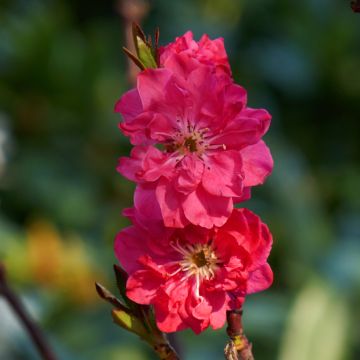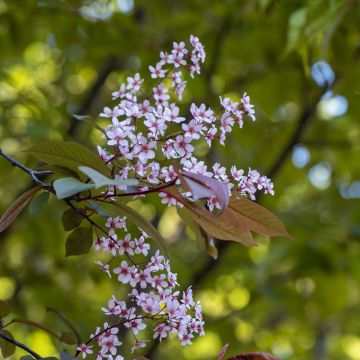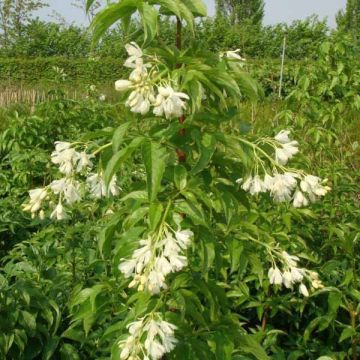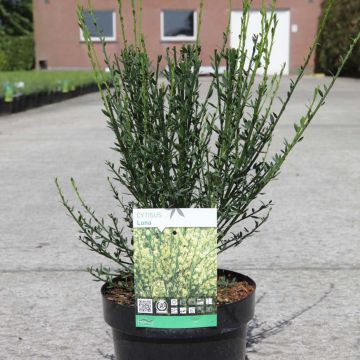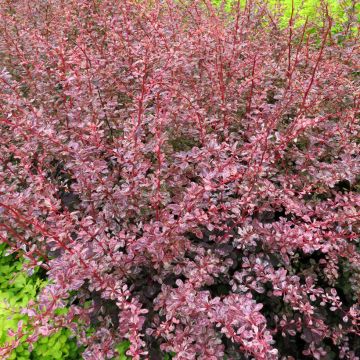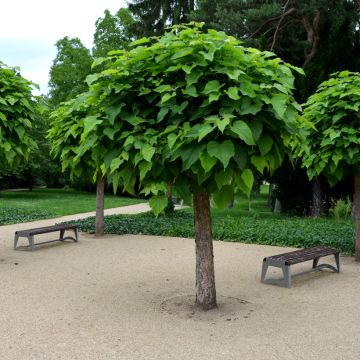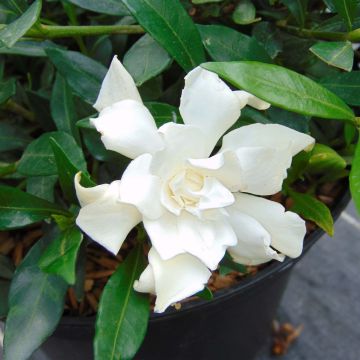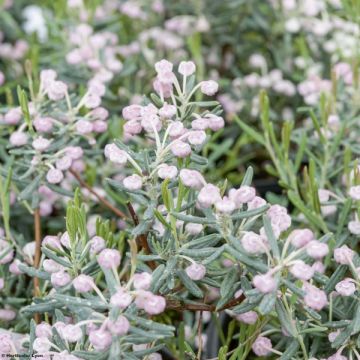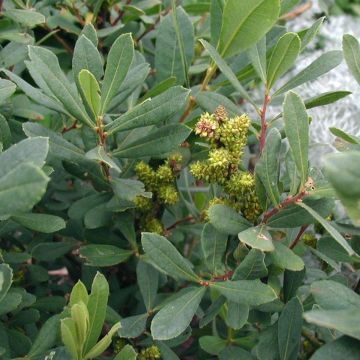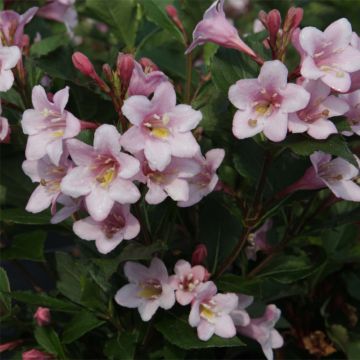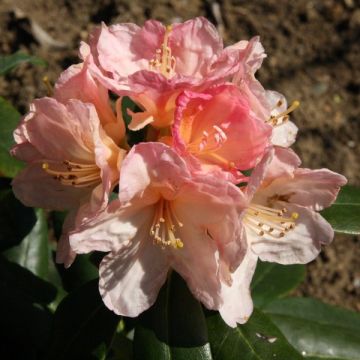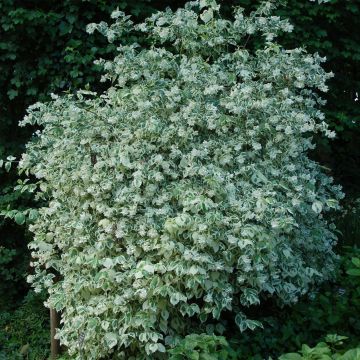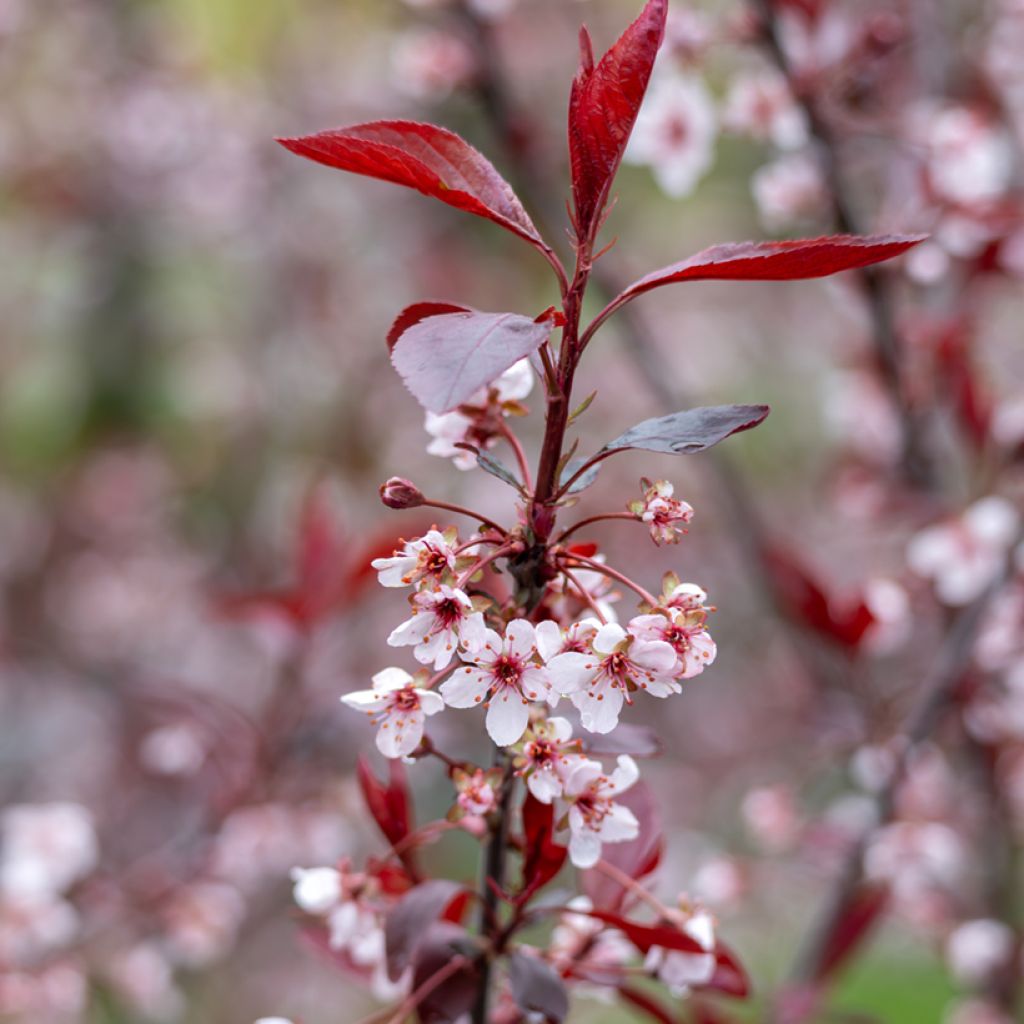

Prunus x cistena - Purple-leaved Sand Cherry
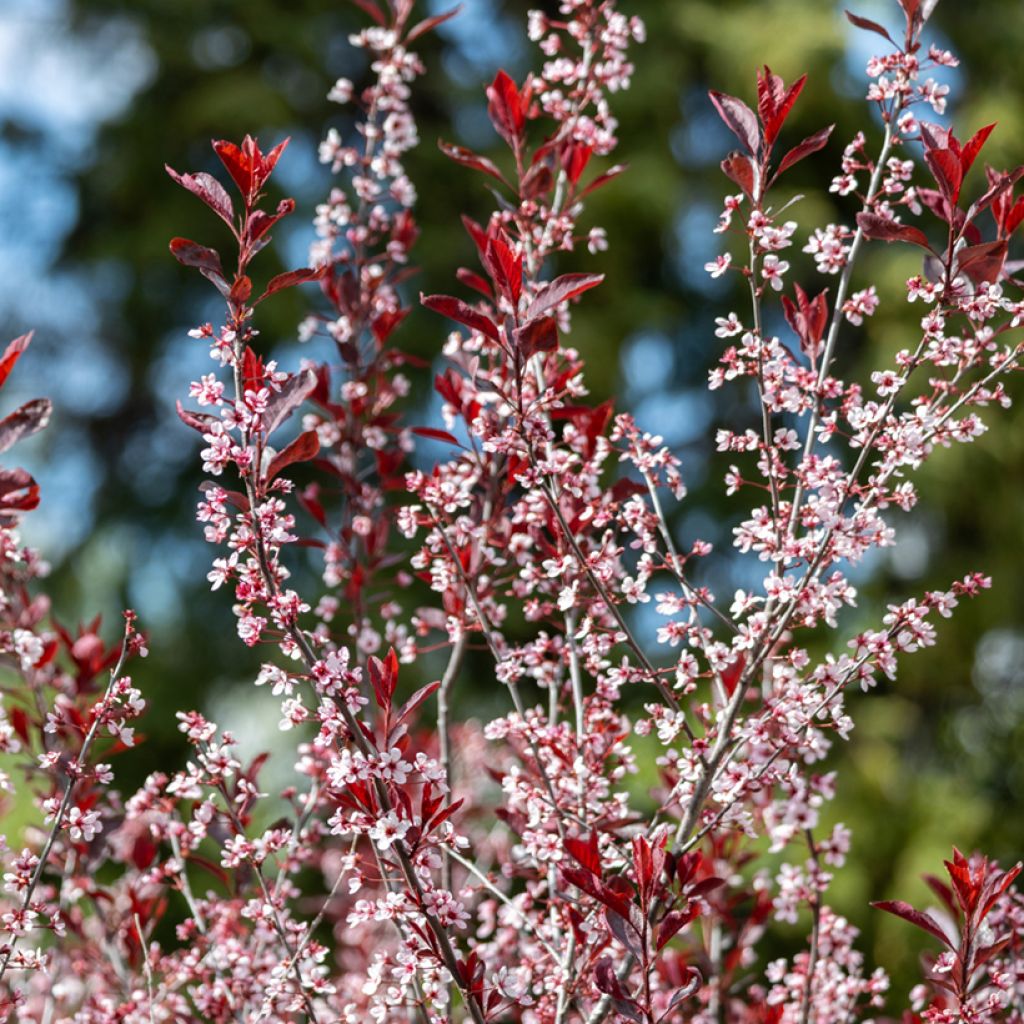

Prunus x cistena - Purple-leaved Sand Cherry
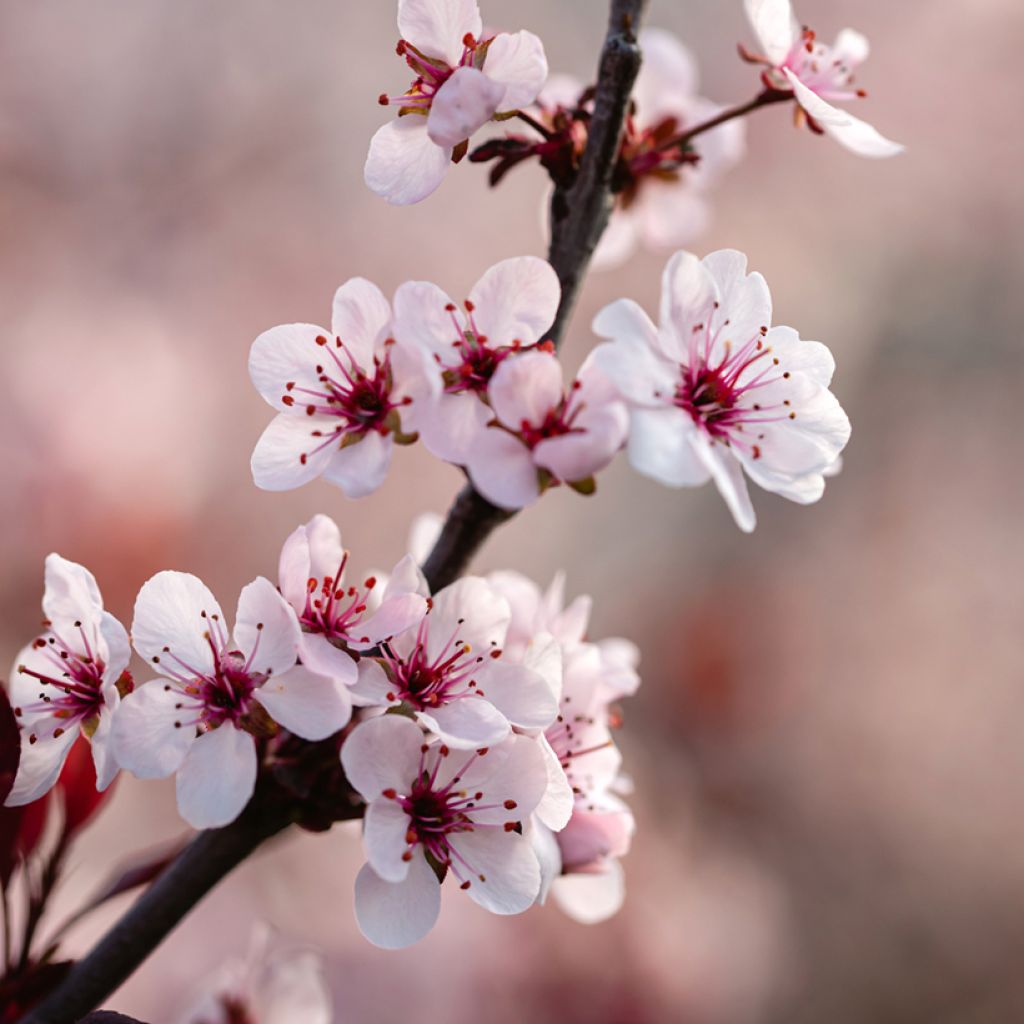

Prunus x cistena - Purple-leaved Sand Cherry
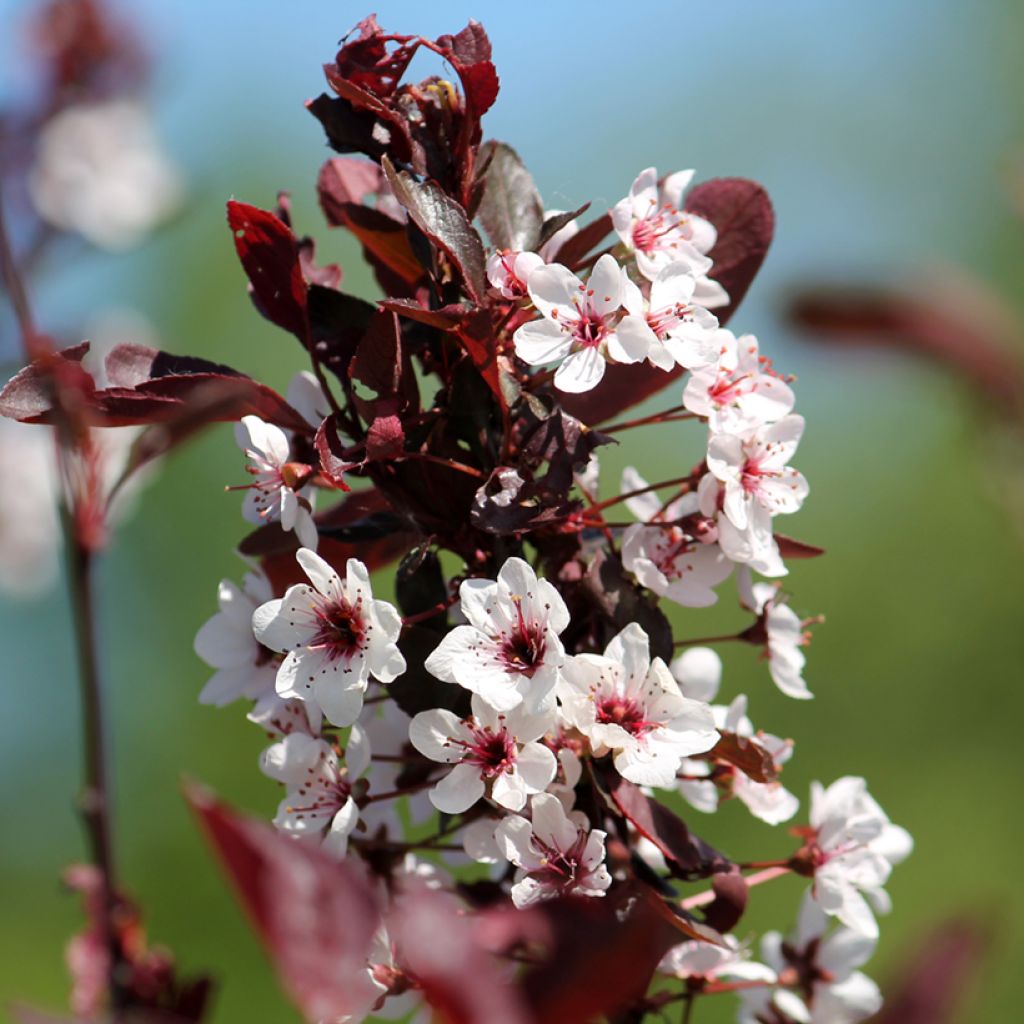

Prunus x cistena - Purple-leaved Sand Cherry
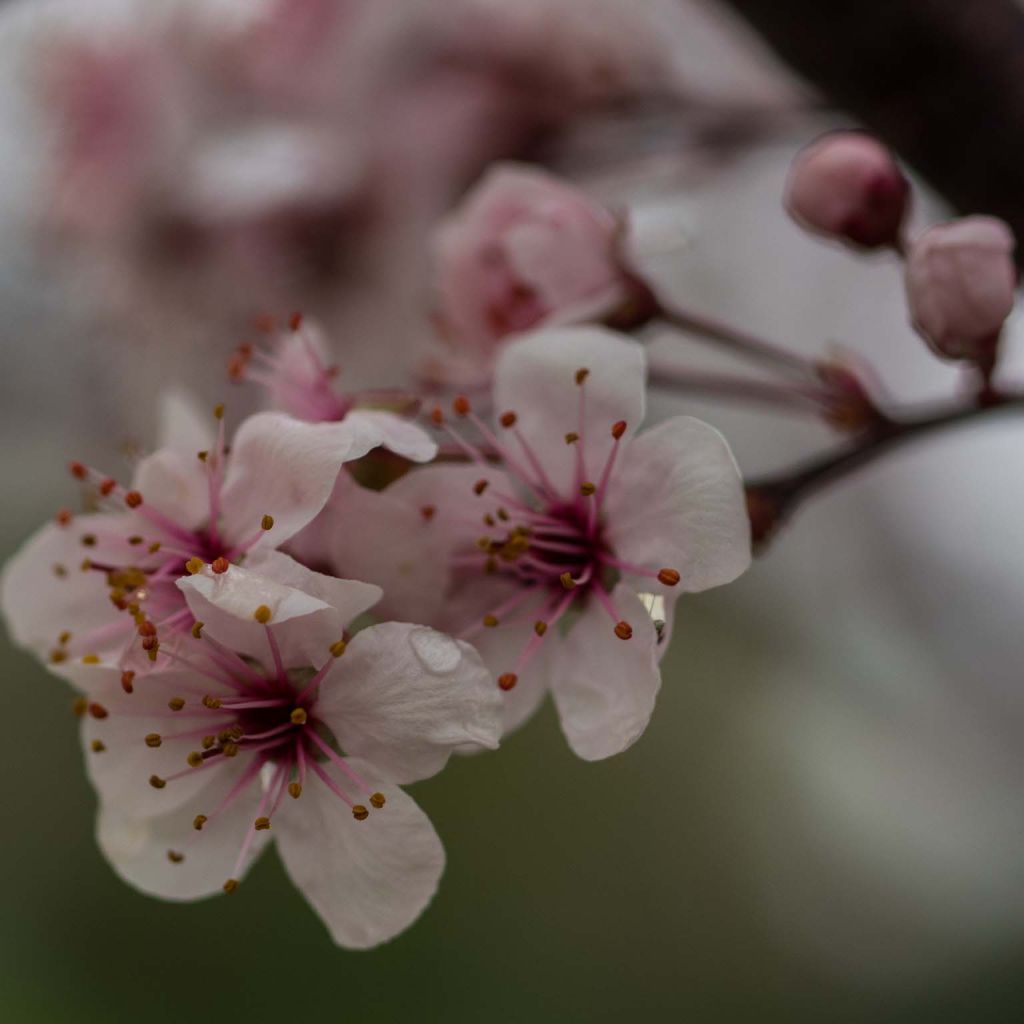

Prunus x cistena - Purple-leaved Sand Cherry
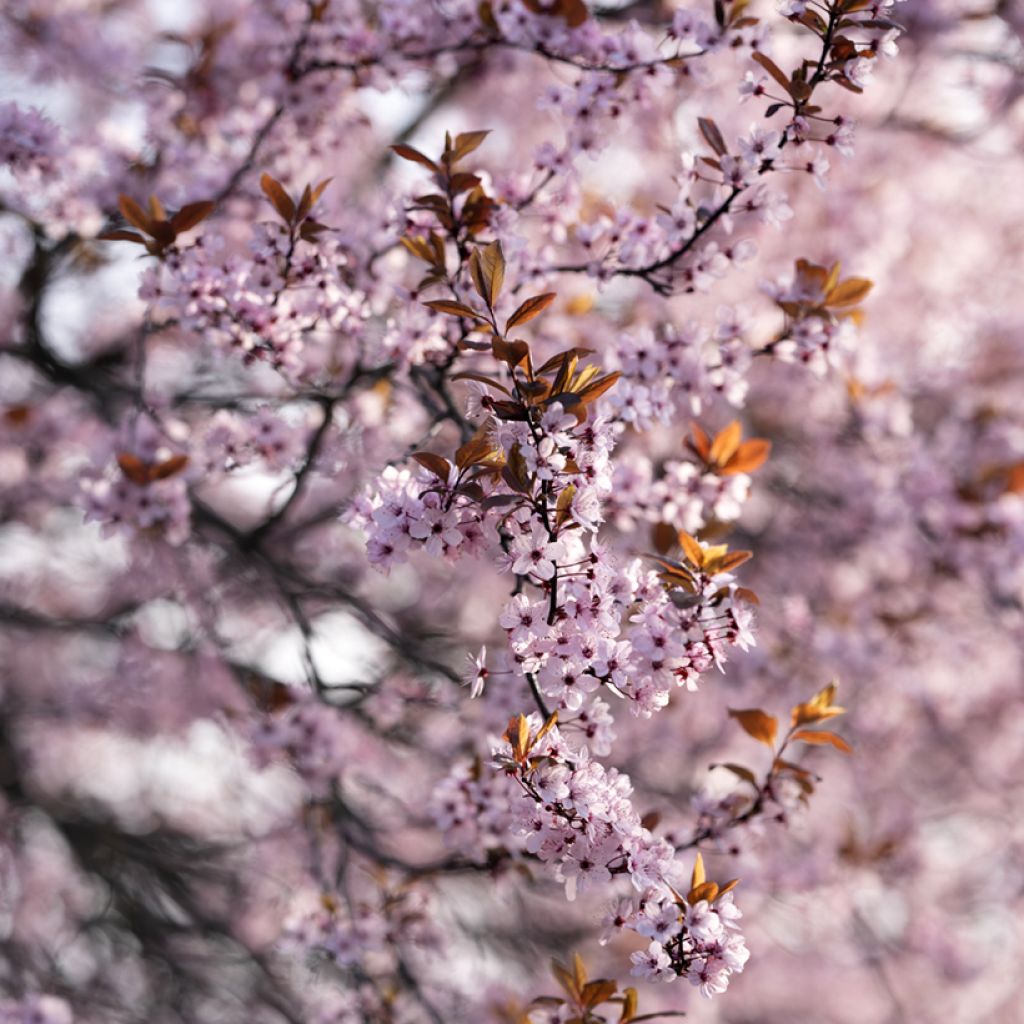

Prunus x cistena - Purple-leaved Sand Cherry
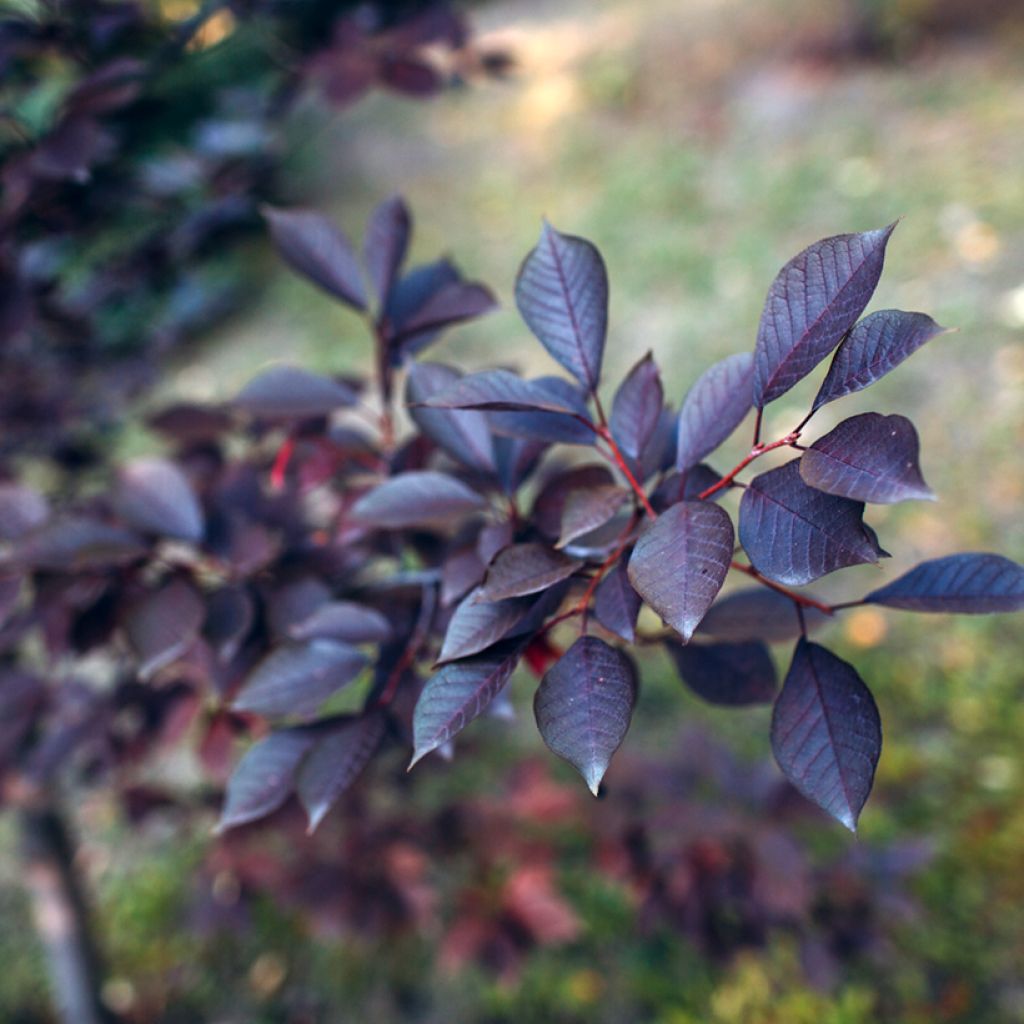

Prunus x cistena - Purple-leaved Sand Cherry
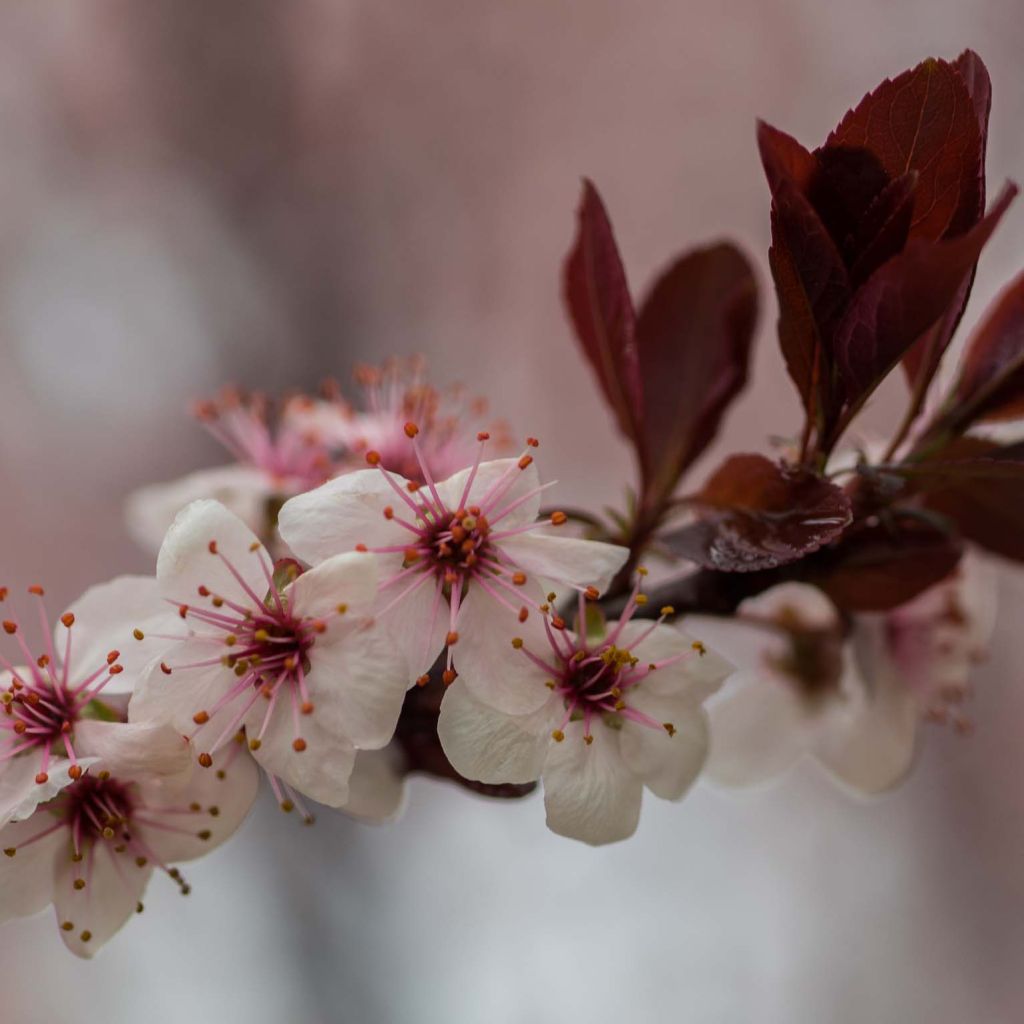

Prunus x cistena - Purple-leaved Sand Cherry
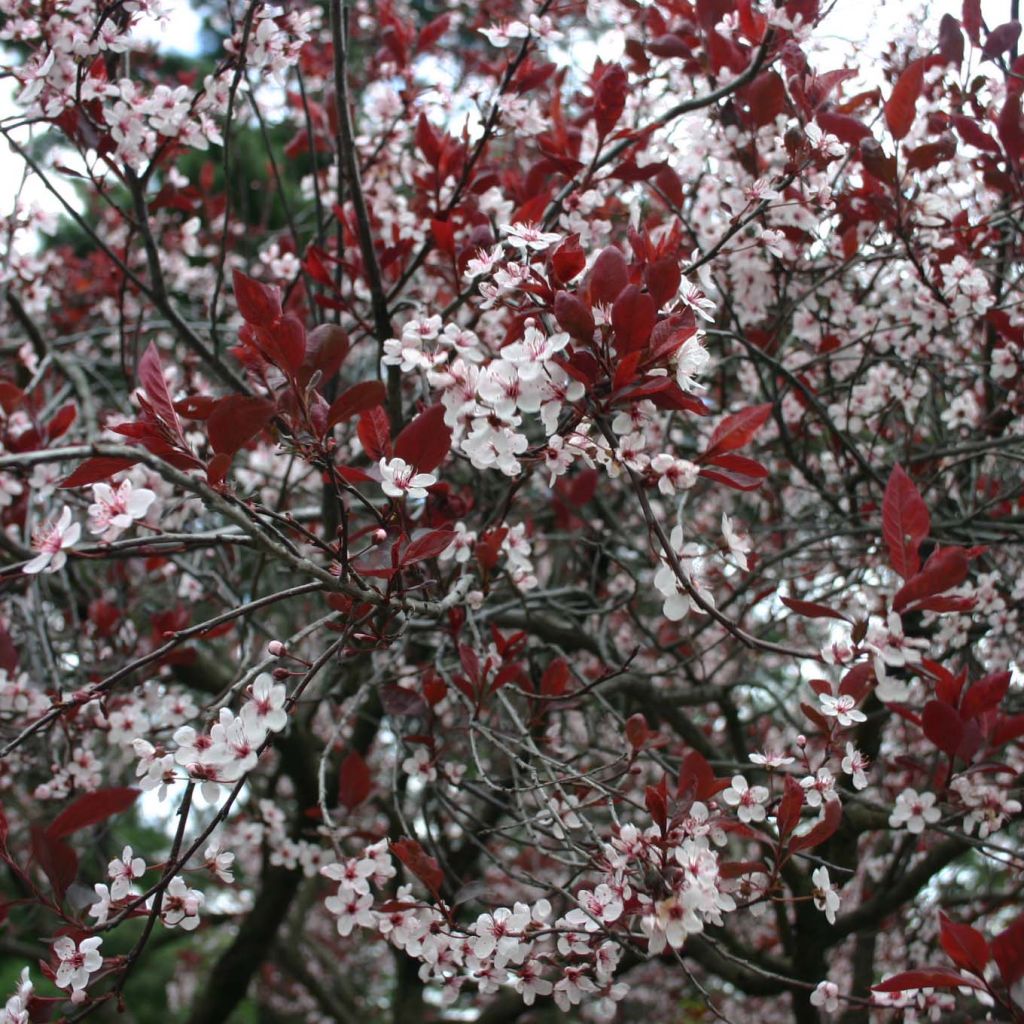

Prunus x cistena - Purple-leaved Sand Cherry
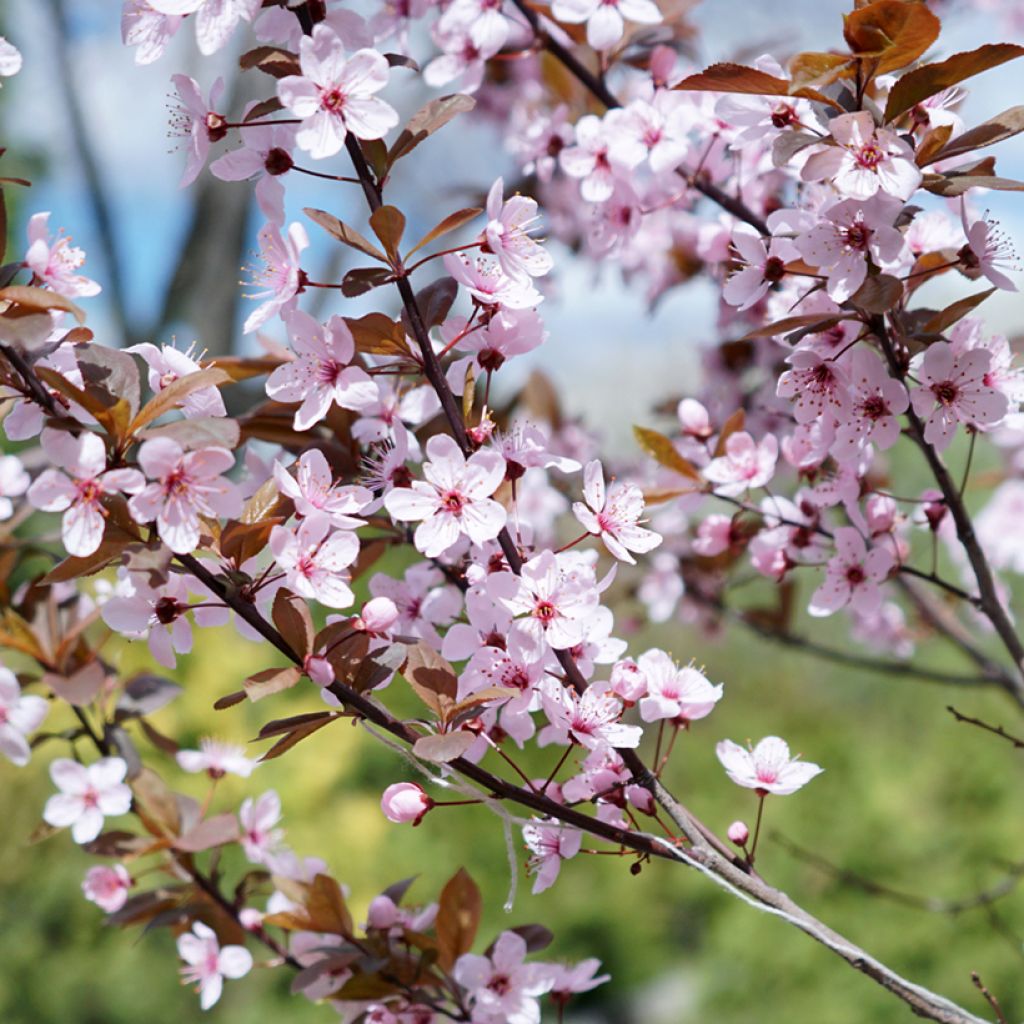

Prunus x cistena - Purple-leaved Sand Cherry
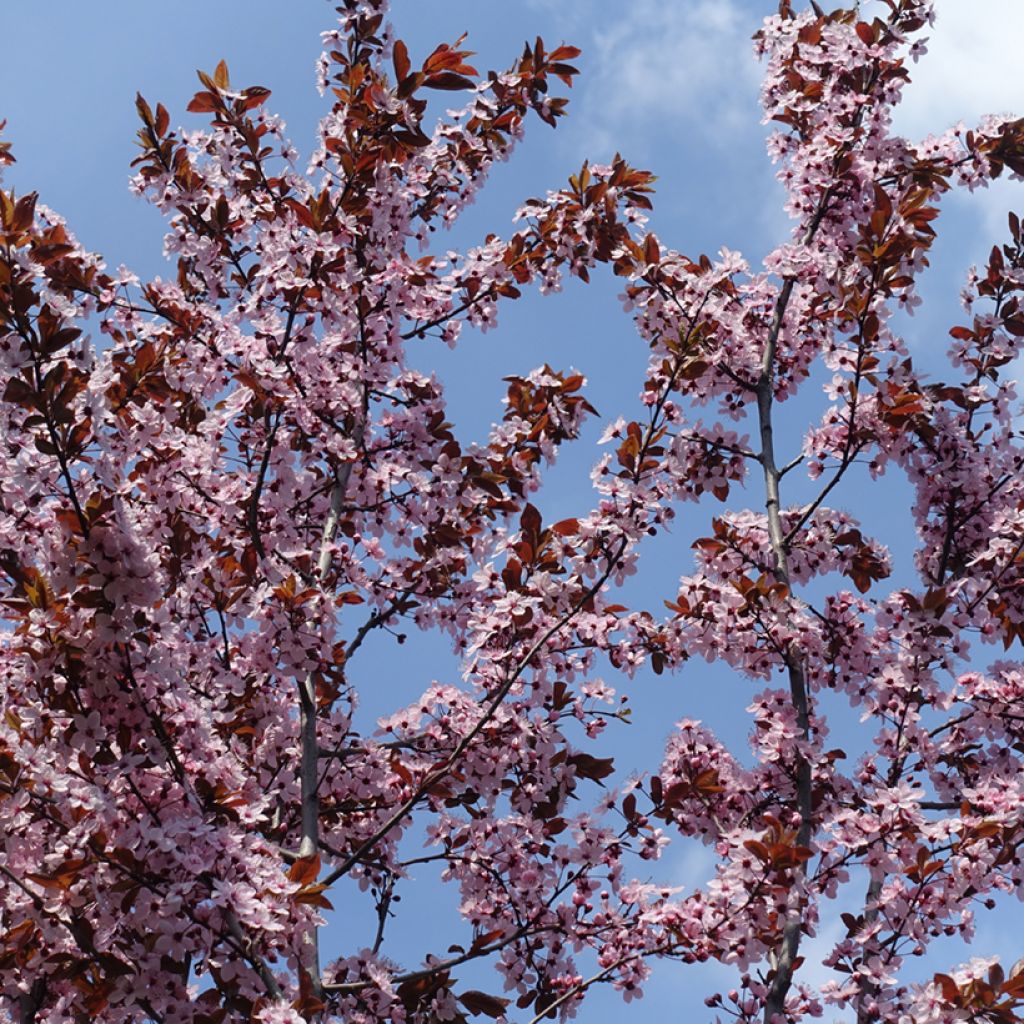

Prunus x cistena - Purple-leaved Sand Cherry
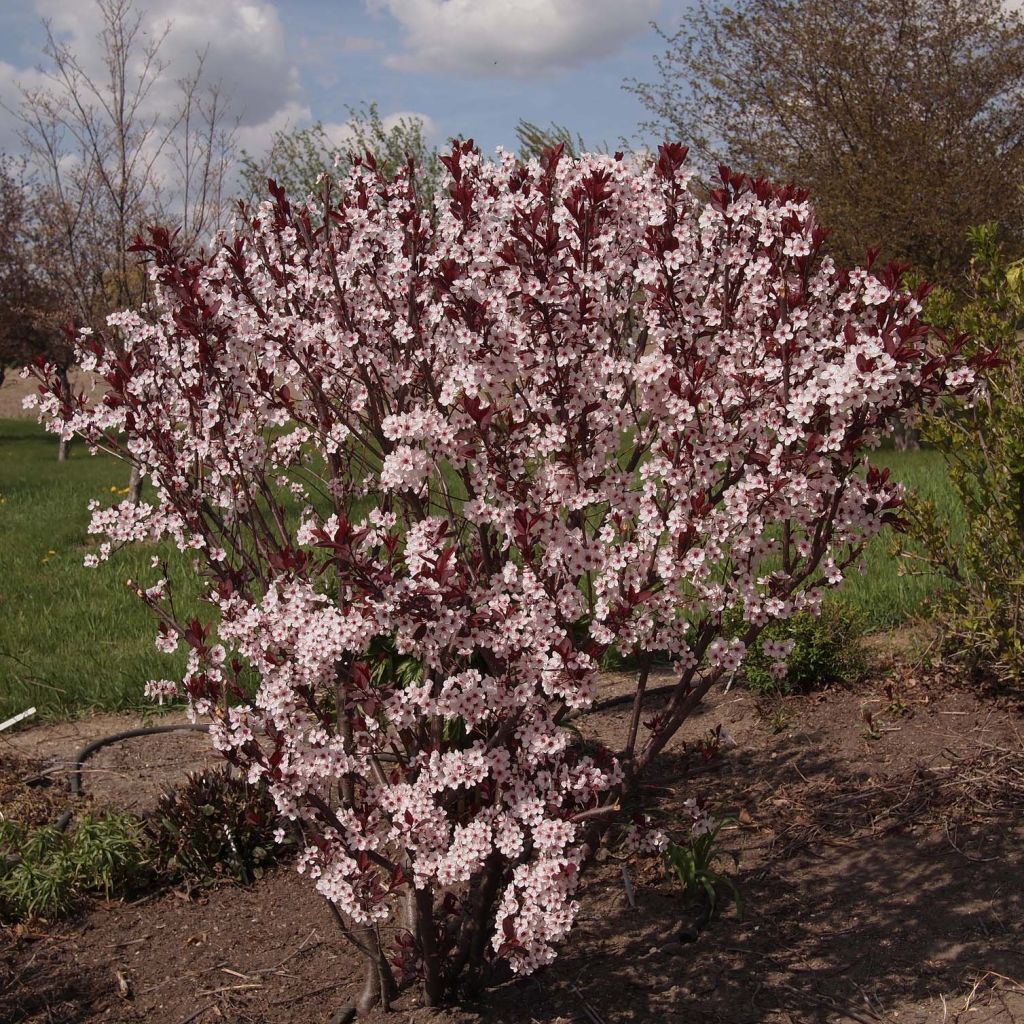

Prunus x cistena - Purple-leaved Sand Cherry
Prunus x cistena - Purple-leaved Sand Cherry
Prunus x cistena
Purple-leaved Sand Cherry, Dwarf red-leaf Plum
Beautiful young plant with a lovely dark wood, very vigorous... Pleased with my purchase.
Nouchka, 20/11/2023
This item cannot be shipped to the selected country
Delivery charge from €5.90
Oversize package delivery charge from €6.90
Delivery to Corse prohibited
More information
Schedule delivery date,
and select date in basket
This plant carries a 24 months recovery warranty
More information
We guarantee the quality of our plants for a full growing cycle, and will replace at our expense any plant that fails to recover under normal climatic and planting conditions.
From €5.90 for pickup delivery and €6.90 for home delivery
Express home delivery from €8.90.
Oversize package: home delivery by special carrier from €6.90 per order..
Express home delivery from €8.90.
Delivery to Corse prohibited: UE law prohibits the import of this plant from mainland France to Corse as part of the fight against Xylella fastidiosa. Please accept our sincere apologies.
More information

Does this plant fit my garden?
Set up your Plantfit profile →
Description
Prunus x cistena is an old American hybrid variety with a compact habit, well adapted to small spaces. Depending on how it is grown, it forms either a bushy shrub or a small tree, combining the beautiful dark red-chocolate foliage of its parent Prunus pissardii with the very modest stature of the bushy American sand cherry. This deciduous prunus bears numerous, very pale pink, small flowers, deep pink in buds, that bloom at the same time as the foliage, which is red when it buds. This low-maintenance shrub, suitable for all well-drained soils as long as they are not too dry, will find its place in a natural hedge, in a bed, or in a thicket, where its dark foliage works wonders.
Prunus cistena, from the large Rosaceae family, is an old American horticultural creation obtained at the University of South Dakota in the 1910s. It is the result of cross-breeding between the purple myrobalan plum (Prunus cerasifera 'Atropurpurea' or 'Pissardii') and Prunus pumila, widespread in the dunes and sandy shores of Canada and a large part of the United States. Slow-growing, it displays a bushy, dense and spreading habit, supported by upright branches. At maturity, it does exceed 2 m (7ft) in height, widening with the years to reach a spread of about 2.25 m (7ft). The bark covering the trunk and old branches is dark reddish-brown, while the young branches are red-violet. At the same time as the light red foliage, in April-May depending on the region, a profusion of pink flower buds appear, which open into small, pink-white, slightly scented flowers with purple stamens, much loved by bees. At the end of the flowering period, the flowers fade to almost white and the foliage takes on beautiful chocolate-purple hues that remain until October. Note that the foliage colour will be more pronounced if the shrub is planted in full sun. The flowers give way to small, fleshy, violet fruits, edible but acidic, highly sought after by birds. The deciduous foliage is composed of entire, alternate, ovate-elliptical leaves, 4 to 6 cm (2in) long, finely toothed at the edges. Its name, cistena, means "baby" in Sioux language, a name undoubtedly chosen in allusion to the small size of this prunus, and to the origins of its North American ancestor.
Slow-growing, of modest stature and requiring very little maintenance, this shrub which can sometimes remind us of purple Berberis is suitable for small gardens, where it will be particularly showcased as part of a natural hedge. You can also plant it in a bed or as a standalone specimen. Fully hardy, Prunus cistena can be cultivated in many regions, but dislikes compact, clayey soils and excessively dry conditions. In a hedge or bed, it can for example be associated with other spring-flowering shrubs, that flower at the same time or with a slight delay, such as ornamental apple trees, flowering peaches, flowering almonds or hawthorns...
Report an error about the product description
Prunus x cistena - Purple-leaved Sand Cherry in pictures
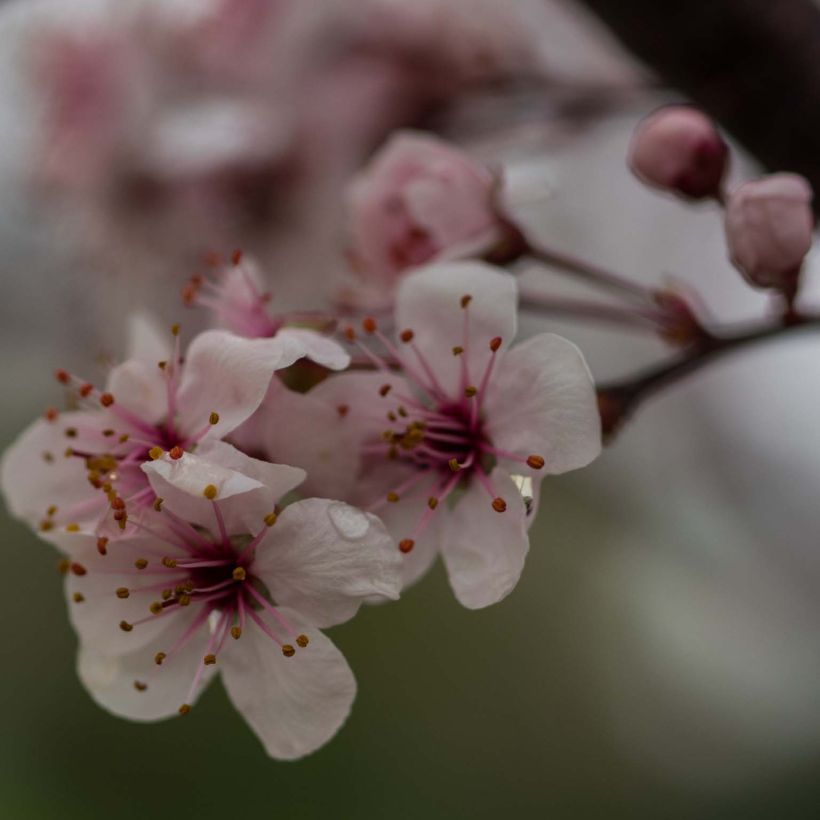

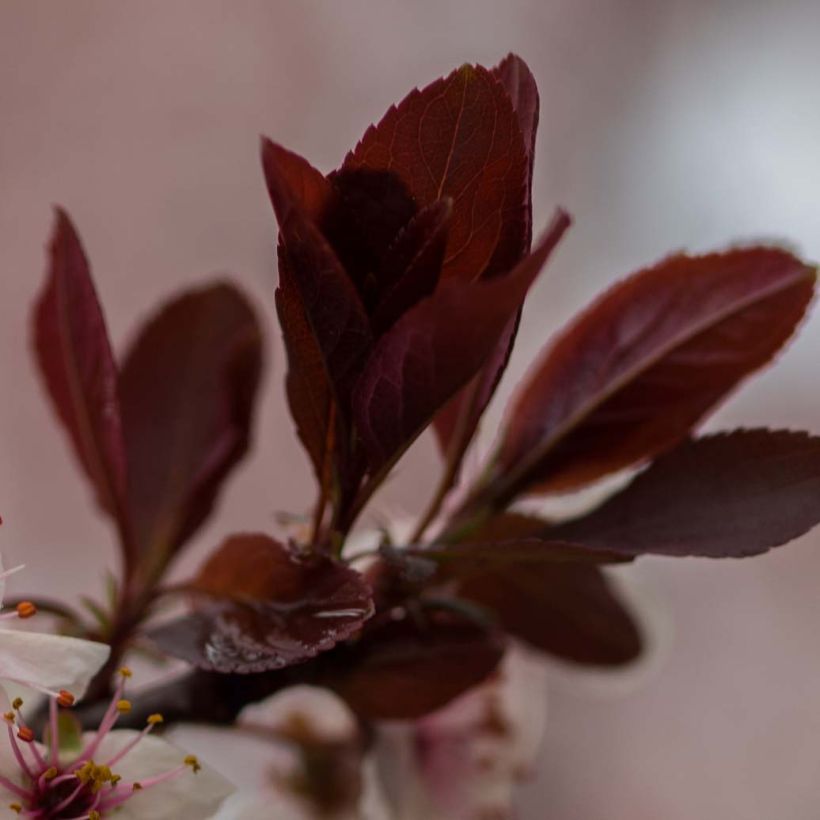

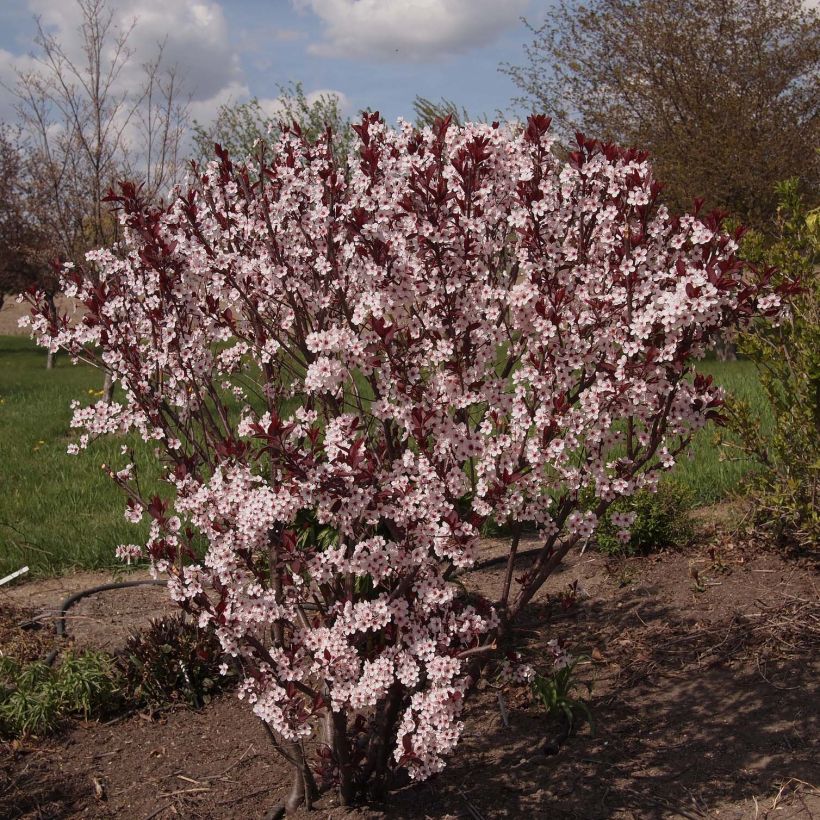

Plant habit
Flowering
Foliage
Botanical data
Prunus
x cistena
Rosaceae
Purple-leaved Sand Cherry, Dwarf red-leaf Plum
Cultivar or hybrid
Other Prunus
Planting and care
Prunus cistena is best planted in spring or autumn, depending on the climate. It thrives in full sun in any light, well-draining soil, as long as it is not overly dry or poor. Water during unusually dry and hot weather. When planting, mix your soil with compost at a ratio of 50%. Dig a large planting hole. Apply a fertiliser suitable for flowering shrubs every spring. Pruning is not necessary for this Prunus.
Planting period
Intended location
Care
-
, onOrder confirmed
Reply from on Promesse de fleurs
Spring-flowering shrubs
Haven't found what you were looking for?
Hardiness is the lowest winter temperature a plant can endure without suffering serious damage or even dying. However, hardiness is affected by location (a sheltered area, such as a patio), protection (winter cover) and soil type (hardiness is improved by well-drained soil).

Photo Sharing Terms & Conditions
In order to encourage gardeners to interact and share their experiences, Promesse de fleurs offers various media enabling content to be uploaded onto its Site - in particular via the ‘Photo sharing’ module.
The User agrees to refrain from:
- Posting any content that is illegal, prejudicial, insulting, racist, inciteful to hatred, revisionist, contrary to public decency, that infringes on privacy or on the privacy rights of third parties, in particular the publicity rights of persons and goods, intellectual property rights, or the right to privacy.
- Submitting content on behalf of a third party;
- Impersonate the identity of a third party and/or publish any personal information about a third party;
In general, the User undertakes to refrain from any unethical behaviour.
All Content (in particular text, comments, files, images, photos, videos, creative works, etc.), which may be subject to property or intellectual property rights, image or other private rights, shall remain the property of the User, subject to the limited rights granted by the terms of the licence granted by Promesse de fleurs as stated below. Users are at liberty to publish or not to publish such Content on the Site, notably via the ‘Photo Sharing’ facility, and accept that this Content shall be made public and freely accessible, notably on the Internet.
Users further acknowledge, undertake to have ,and guarantee that they hold all necessary rights and permissions to publish such material on the Site, in particular with regard to the legislation in force pertaining to any privacy, property, intellectual property, image, or contractual rights, or rights of any other nature. By publishing such Content on the Site, Users acknowledge accepting full liability as publishers of the Content within the meaning of the law, and grant Promesse de fleurs, free of charge, an inclusive, worldwide licence for the said Content for the entire duration of its publication, including all reproduction, representation, up/downloading, displaying, performing, transmission, and storage rights.
Users also grant permission for their name to be linked to the Content and accept that this link may not always be made available.
By engaging in posting material, Users consent to their Content becoming automatically accessible on the Internet, in particular on other sites and/or blogs and/or web pages of the Promesse de fleurs site, including in particular social pages and the Promesse de fleurs catalogue.
Users may secure the removal of entrusted content free of charge by issuing a simple request via our contact form.
The flowering period indicated on our website applies to countries and regions located in USDA zone 8 (France, the United Kingdom, Ireland, the Netherlands, etc.)
It will vary according to where you live:
- In zones 9 to 10 (Italy, Spain, Greece, etc.), flowering will occur about 2 to 4 weeks earlier.
- In zones 6 to 7 (Germany, Poland, Slovenia, and lower mountainous regions), flowering will be delayed by 2 to 3 weeks.
- In zone 5 (Central Europe, Scandinavia), blooming will be delayed by 3 to 5 weeks.
In temperate climates, pruning of spring-flowering shrubs (forsythia, spireas, etc.) should be done just after flowering.
Pruning of summer-flowering shrubs (Indian Lilac, Perovskia, etc.) can be done in winter or spring.
In cold regions as well as with frost-sensitive plants, avoid pruning too early when severe frosts may still occur.
The planting period indicated on our website applies to countries and regions located in USDA zone 8 (France, United Kingdom, Ireland, Netherlands).
It will vary according to where you live:
- In Mediterranean zones (Marseille, Madrid, Milan, etc.), autumn and winter are the best planting periods.
- In continental zones (Strasbourg, Munich, Vienna, etc.), delay planting by 2 to 3 weeks in spring and bring it forward by 2 to 4 weeks in autumn.
- In mountainous regions (the Alps, Pyrenees, Carpathians, etc.), it is best to plant in late spring (May-June) or late summer (August-September).
The harvesting period indicated on our website applies to countries and regions in USDA zone 8 (France, England, Ireland, the Netherlands).
In colder areas (Scandinavia, Poland, Austria...) fruit and vegetable harvests are likely to be delayed by 3-4 weeks.
In warmer areas (Italy, Spain, Greece, etc.), harvesting will probably take place earlier, depending on weather conditions.
The sowing periods indicated on our website apply to countries and regions within USDA Zone 8 (France, UK, Ireland, Netherlands).
In colder areas (Scandinavia, Poland, Austria...), delay any outdoor sowing by 3-4 weeks, or sow under glass.
In warmer climes (Italy, Spain, Greece, etc.), bring outdoor sowing forward by a few weeks.

































